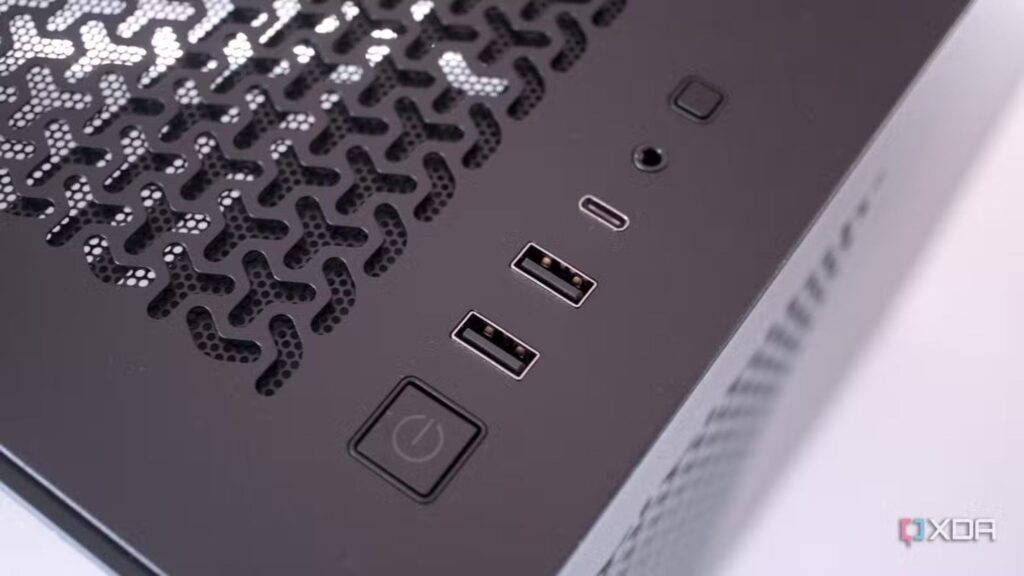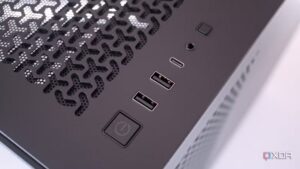
URGENT UPDATE: PC experts are sounding the alarm on the inefficiencies of front I/O ports in computer cases. New insights reveal that users could be compromising their device performance and audio quality by relying on these ports instead of the superior connectivity provided by motherboard connections.
Just announced, many users might not realize that their front I/O connections, while convenient, are often significantly slower and less effective than the ports located directly on the motherboard. This revelation is crucial for anyone using high-bandwidth devices, as it could drastically affect their overall computing experience.
The front I/O ports, including USB and audio connections, often utilize long, unshielded cables that can introduce electromagnetic interference. This is particularly evident with the 3.5mm audio jack, which can degrade sound quality. If you’ve ever blamed your audio issues on headphones or the motherboard itself, you might be using a subpar front port instead. Connecting directly to the motherboard could enhance audio clarity without needing an external DAC.
Moreover, many front USB ports are limited to USB 2.0 or 3.0 speeds. For instance, while a typical case may offer USB 3.0 (maxing out at 5Gbps), motherboards equipped with USB 3.2 Gen 2 can achieve speeds up to 10Gbps. Relying on front ports can effectively halve your data transfer speeds when using external drives or high-performance devices.
The situation is exacerbated for those with older PC cases, where USB ports may be restricted to just 480Mbps. Even front USB-C ports do not guarantee higher speeds, as many are capped at 5Gbps, equivalent to their USB 3.0 counterparts. As technology advances, it’s critical to ensure your connections are not holding you back.
What’s next? Users are encouraged to connect high-bandwidth devices like external SSDs, VR headsets, and high-performance headphones directly to the motherboard to optimize performance. The difference in speed and signal quality can be substantial, making this an essential consideration for gamers, content creators, and anyone relying on robust digital connections.
As motherboards continue to evolve, offering ports with capabilities up to 20Gbps and beyond, the front I/O options have lagged behind. The takeaway? For optimal performance, always prioritize those motherboard connections over front I/O ports.
Stay tuned for more updates as experts continue to analyze the impact of these findings on PC performance and user experience. Share this information with fellow PC enthusiasts to ensure they are aware of the potential pitfalls of front I/O connections!





